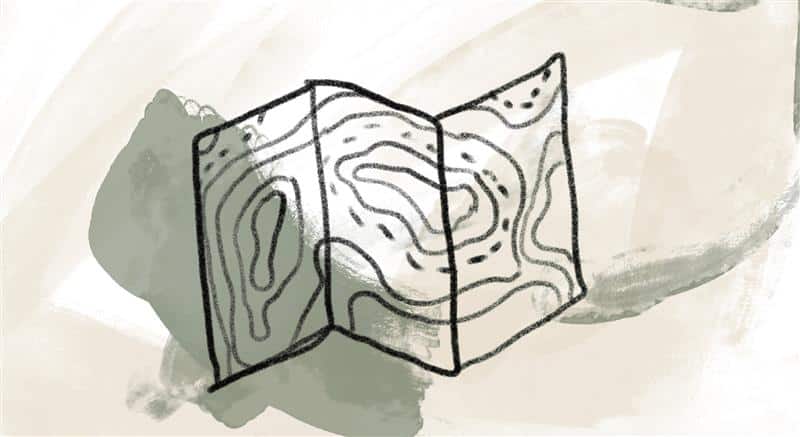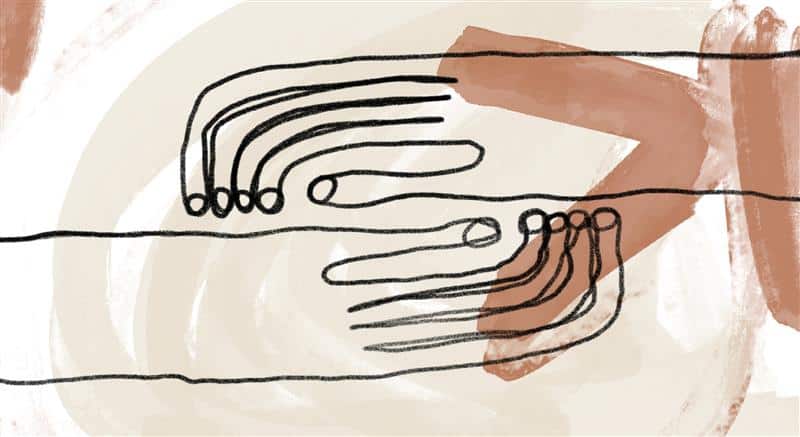
Theologian and Cherokee descendant Randy Woodley considers how the Bible offers insight into relationship with creation:
In the Genesis accounts of creation, I find a world where each part of creation is related to the other. When God makes the first human and I anticipate what will happen next, I see the requirement for Adam to name all the animals. But to name things in an Indigenous way, you have to get to know them, and to know their special characteristics. In the narrative, God is telling Adam to go out and get to know his relatives. The creation narratives in Genesis, like many Indigenous creation narratives, encourage humans to see the wider created order as part of the same “family tree of the heavens and the earth” (Genesis 2:4). [1]
The importance of the narrative is that it is not just about humans. It is also about the animal kingdom and the plants and the water and the sky and everything else.… My theology begins with the land.…
My understanding is that our responsibility as Indigenous people is to be keepers of the land. That means the whole of all the ecosystems and all the human systems…. That is my job on earth. That is the job I take seriously while I’m here. When the land is used badly, and the community of creation is mistreated, everything becomes out of balance and in disharmony. Anywhere on earth can be a place of harmony when you understand your role.…
When land is lost, a history is ended. It takes land to make history. Humanity is in direct relationship with the land and all creation, a principle found throughout the scriptures and in some of the most poetic places, like Job 12:7–10, where Job says,
Just ask the animals, and they will teach you.
Ask the birds of the sky, and they will tell you.
Speak to the earth, and it will instruct you.
Let the fish in the sea speak to you.
For they all know
that my disaster has come from the hand of the Lord.
For the life of every living thing is in his hand,
and the breath of every human being.
Woodley shares other scriptural examples of God’s love for creation:
God loves everything in creation (John 3:16). In the stories we find God counting the clouds (Job 38:37), releasing the rain (Job 5:10), directing the snow (Job 37:6; 38:22), knowing when a sparrow falls (Matthew 10:29), knowing where a donkey is tied (Matthew 21:2), knowing where the fish will swim (John 21:6), adorning the lilies of the field (Matthew 6:29–30), and comparing the ostrich and the stork (Job 39:13). At the time of Jesus, there were lots of modern mechanisms, lots of inventions [including] chariots and wheels and waterwheels and little torches and all kinds of mechanistic things. But we find Jesus mostly talking about the things that grow out of the earth and the things that fly above the earth.
References:
[1] H. Daniel Zacharias, “The Land Takes Care of Us: Recovering Creator’s Relational Design,” in Theologies of Land: Contested Land, Spatial Justice, and Identity, ed. K. K. Yeo, Gene L. Green (Eugene, OR: Cascade Books, 2021), 79.
Randy S. Woodley, Indigenous Theology and the Western Worldview: A Decolonized Approach to Christian Doctrine (Grand Rapids, MI: Baker Academic, 2022), 57–58, 66–67.
Image credit: A path from one week to the next—Loïs Mailou Jones, Jeune Fille Français (detail), 1951, oil on canvas, Smithsonian; Textile Design for Cretonne (detail), 1928, watercolor on paper, Smithsonian; Eglise Saint Joseph (detail), 1954, oil on canvas, Smithsonian. Click here to enlarge image.
Creation teaches us to love God in all Her death, decay, fallow times, insemination, growth, blooming and life and death and life.
Story from Our Community:
Every day I walk in the woods and meadows surrounding our home I discover mysteries in nature that fascinate and inspire me, whether it be a tiny flower, an old stump … or a beautiful bird in flight. While I ramble, I search for my favorite ephemerals just emerging after a long winter, for squirrel nests high in the branches … and for my favorite tree among the many I love. The beauty I see and the sounds of nature overwhelm my senses. Even on my most stressful times, I feel a calmness and overwhelming sense of well-being. When I look up at the brilliance of sky and clouds framed by towering trees, I am humbled, prayerful and grateful for these moments of being one with nature. —Alice H.




